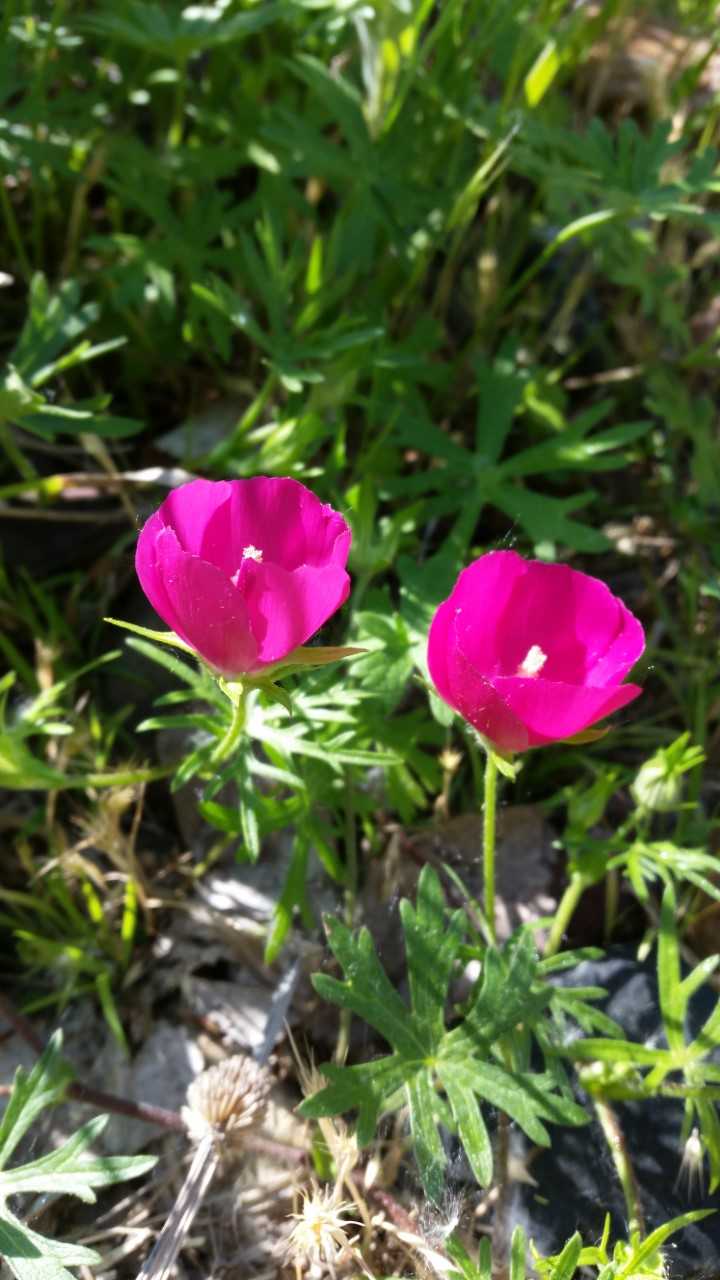The Cherry Creek Pollinator Habitat has received much needed rain. It is raining right now! Plants have grown well and the habitat has greened up. Common milkweed, Joe-Pye weed, hoary vervain, bee balm, tall thistle, common yarrow, aster, penstemon, purple coneflower, goldenrod and cup plant are found in the in the Cherry Creek Pollinator Habitat. Master Gardener volunteers helped cut back dead plants, weed trees and spread mulch earlier this month. I added new blocks to the solitary bee house. We should be seeing leaf cutter bees soon. Spring is here.
MJ Frogge






















